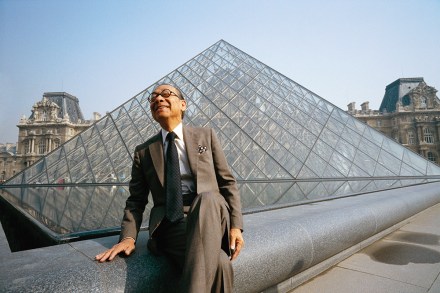The architectural provocations of I.M. Pei
When first considering architects for the new Louvre in 1981, Emile Biasini, the project’s head, liked that I.M. Pei was both ‘Chinese as well as American: Chinese in his respect of the past, and American in the way of radical solutions’. His controversial glass pyramid ignited much debate about which side won out. These entanglements, between traditionalism and modernity, East and West, would come to characterise both Pei’s Louvre and his six-decade career. After a seven-year gestation, the first comprehensive retrospective of the architect, at Hong Kong’s M+ museum, finally offered a longer view. Despite calling America home, Pei felt a duty to help China find its own architectural language

